Search
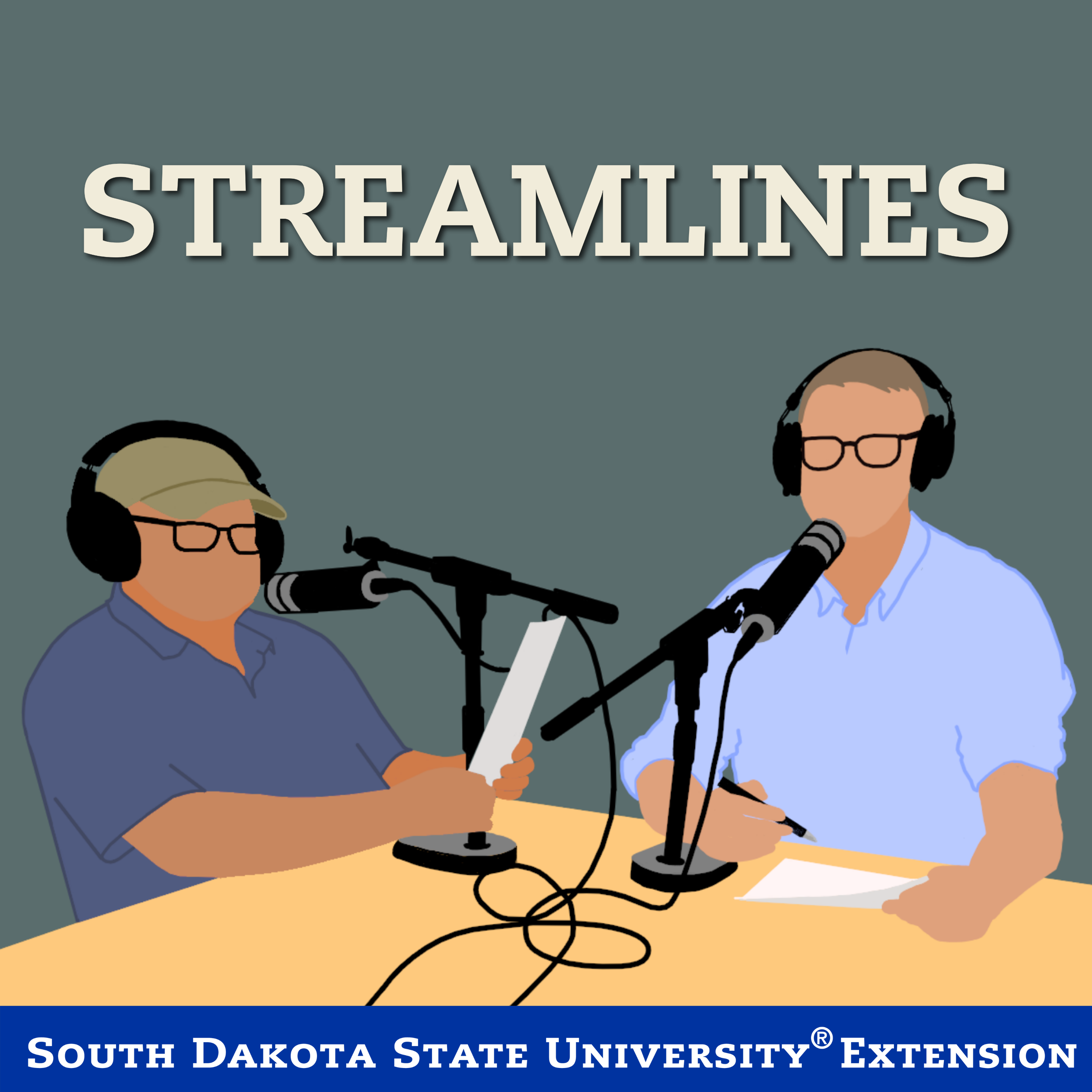
Phosphorus and Tile Drainage (Part 2 of 4)
In this week’s episode of Streamlines, Dr. John McMaine and Anthony Bly continue their discussion on phosphorous.

The Importance of Fish for Native Freshwater Mussel Reproduction
To reproduce, freshwater mussels rely on fish to carry their young into new areas and disperse them when they are old enough. By conserving suitable fish habitat, it also allows us to indirectly conserve mussels by providing necessary resources for mussels to reproduce.
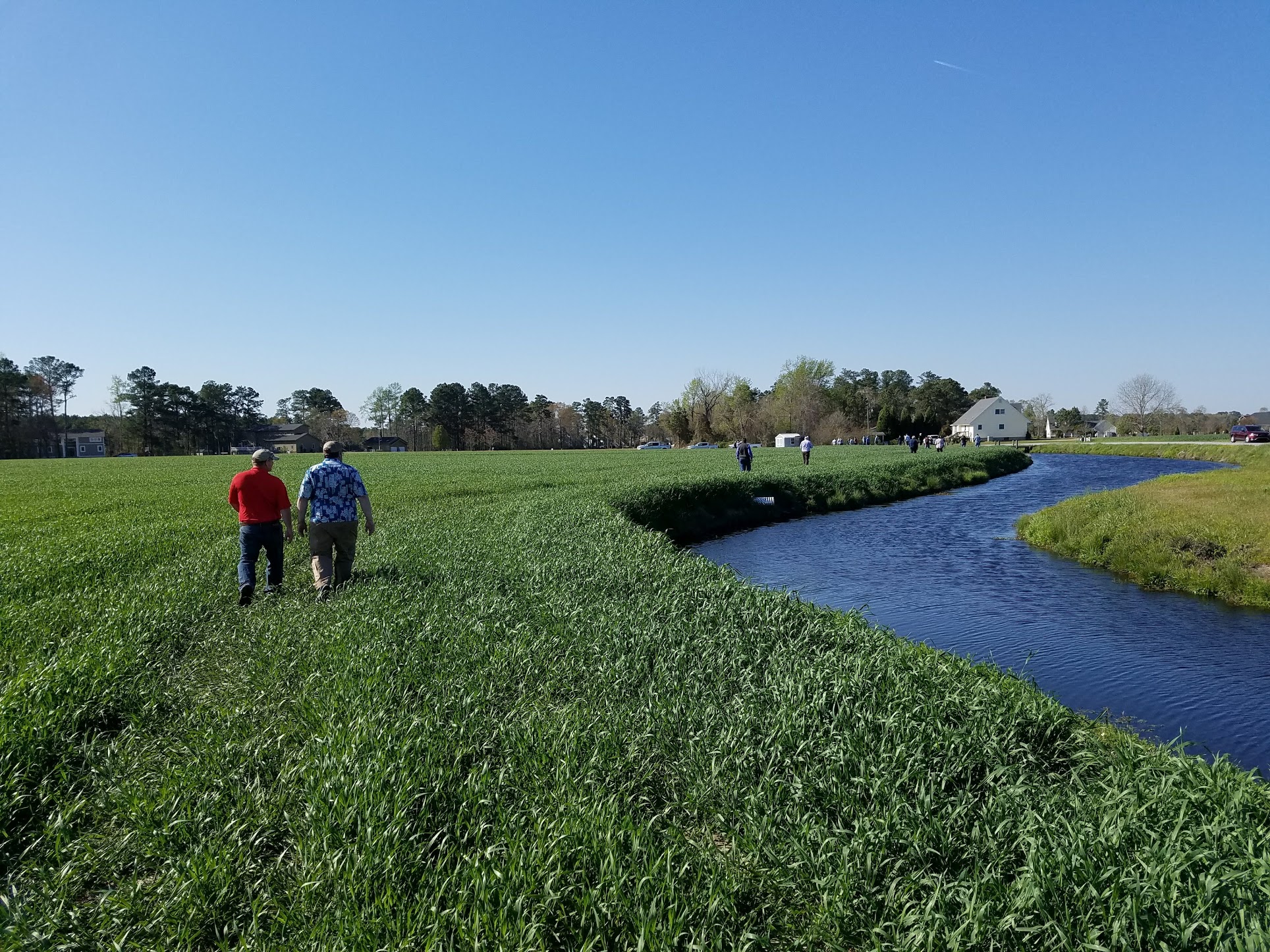
Conservation Drainage Complexities Part 1
How can farmers benefit from conservation drainage? Conservation drainage includes practices such as bioreactors, saturated buffers, wetlands and more.

Phosphorus Trapped – Edge-of-field treatment to reduce phosphorus loss (Part 3 of 4)
In this episode of Streamlines, Dr. John McMaine and Anthony Bly welcome guests Dr. Lindsey Pease and Dr. Chad Penn to continue their discussion on phosphorus.

Management Goals for Cow/Calf Operations
You can’t manage what you don’t measure, and good management practices begin by taking good records.
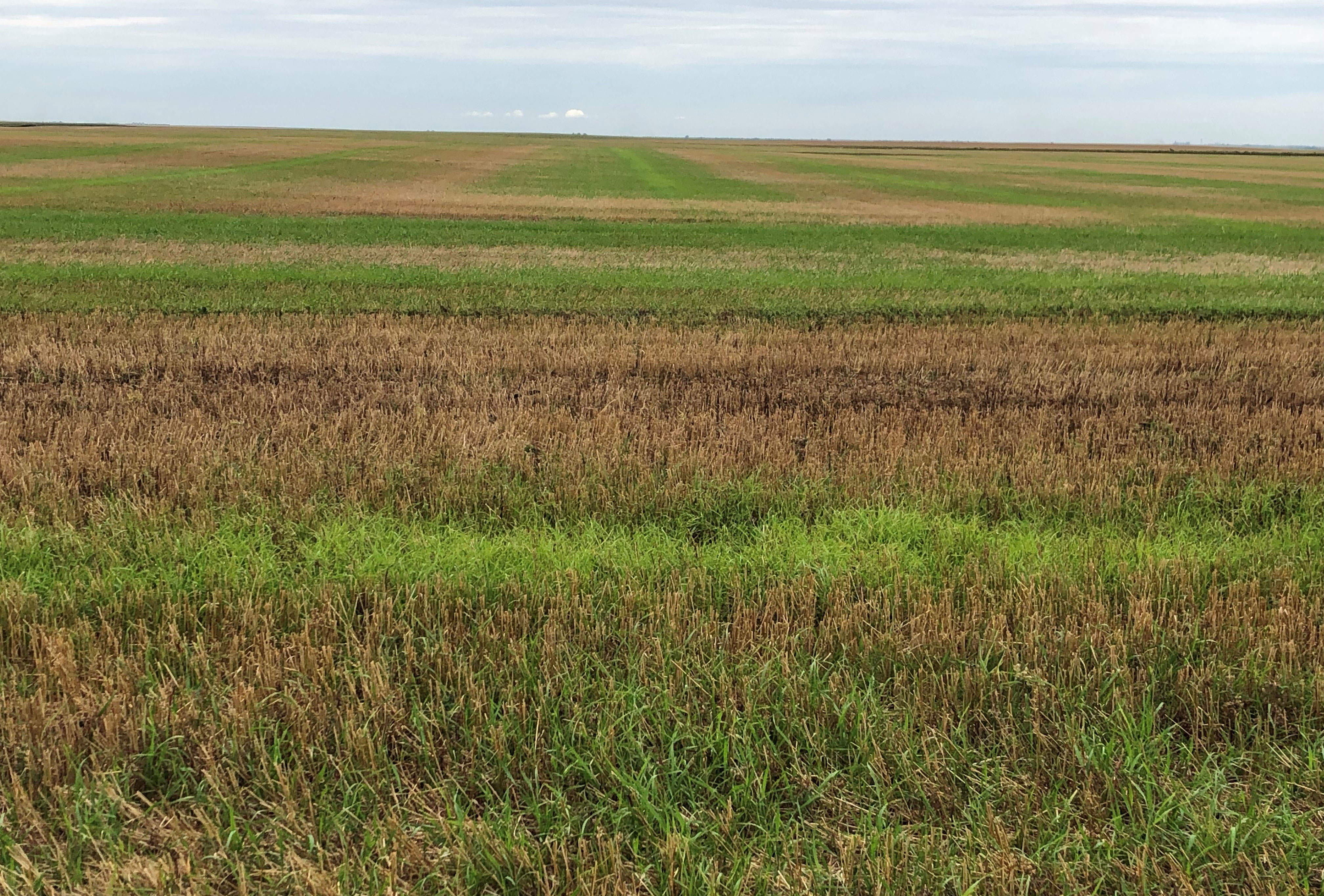
Winter Wheat Decisions
Winter wheat planting will soon be starting and a number of decisions will have to be made for a successful winter wheat crop, including: the time of planting, the choice of variety to be planted, disease and pest management decisions and crop insurance.

Conservation Drainage Complexities Part 2
What can we do to prepare for the future of conservation drainage?
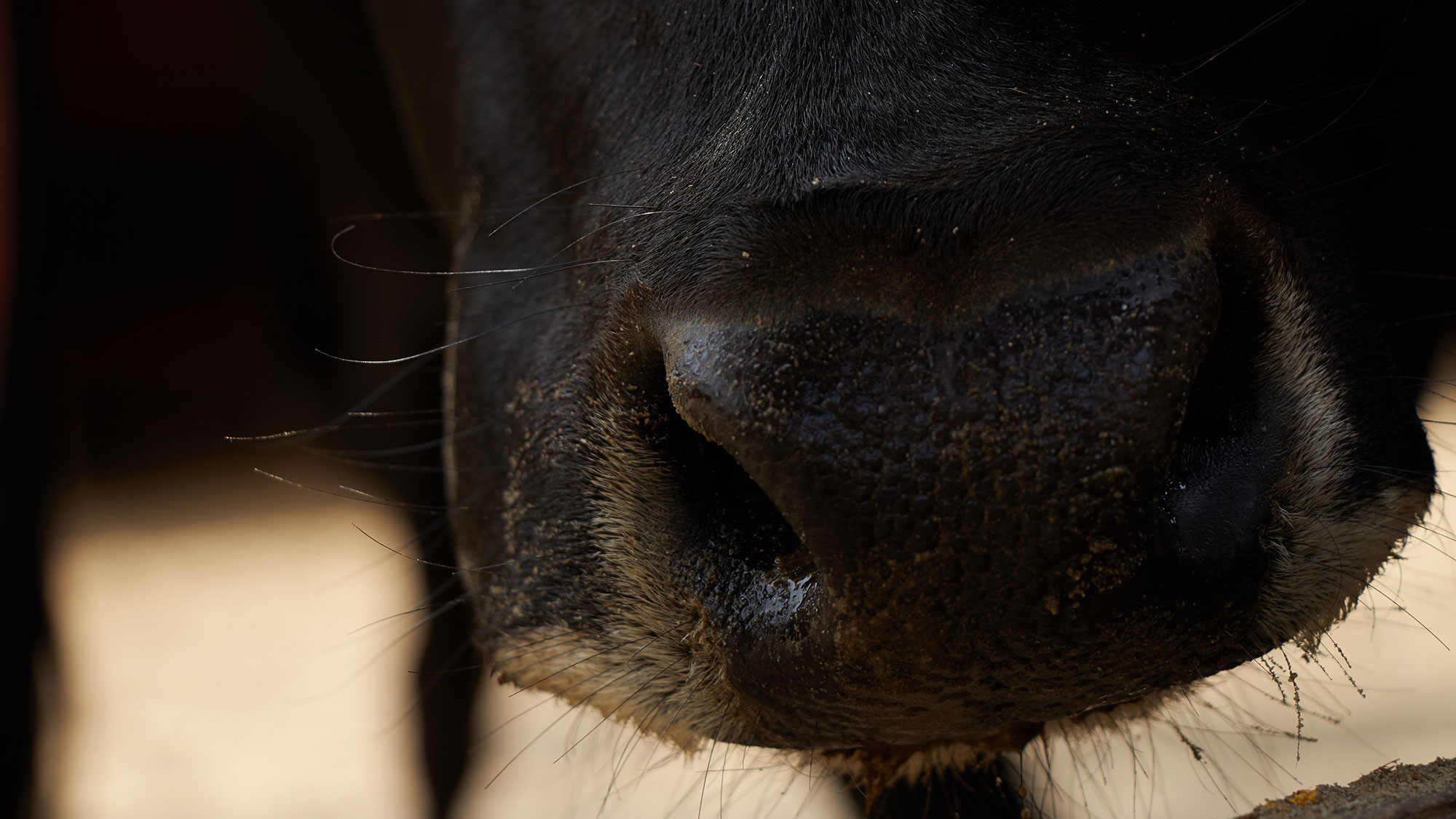
What Livestock Owners Should Know About Vesicular Stomatitis
Because it’s not a common occurrence in most areas every year, reports of Vesicular Stomatitis (VS) in the media often raise questions among livestock owners. Here are answers to some of the more-common ones that may pop up.
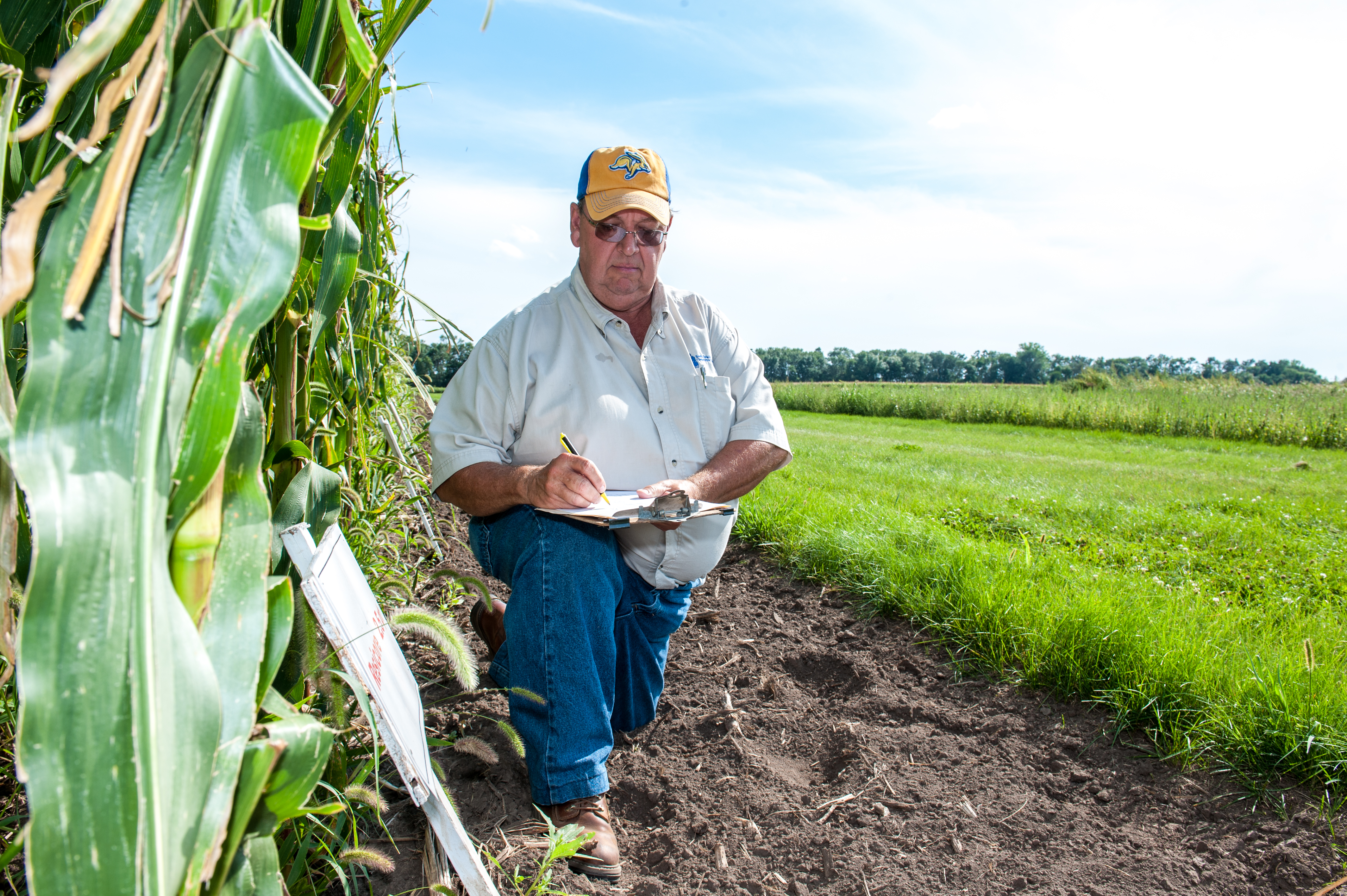
SDSU Extension to Tackle Weed, Pest and Drought Inquiries at State Fair
August 23, 2021
To address drought concerns, as well as weed and pest inquiries, South Dakota State University Extension will feature two booth locations at the 2021 South Dakota State Fair Sept. 2-6 in Huron.
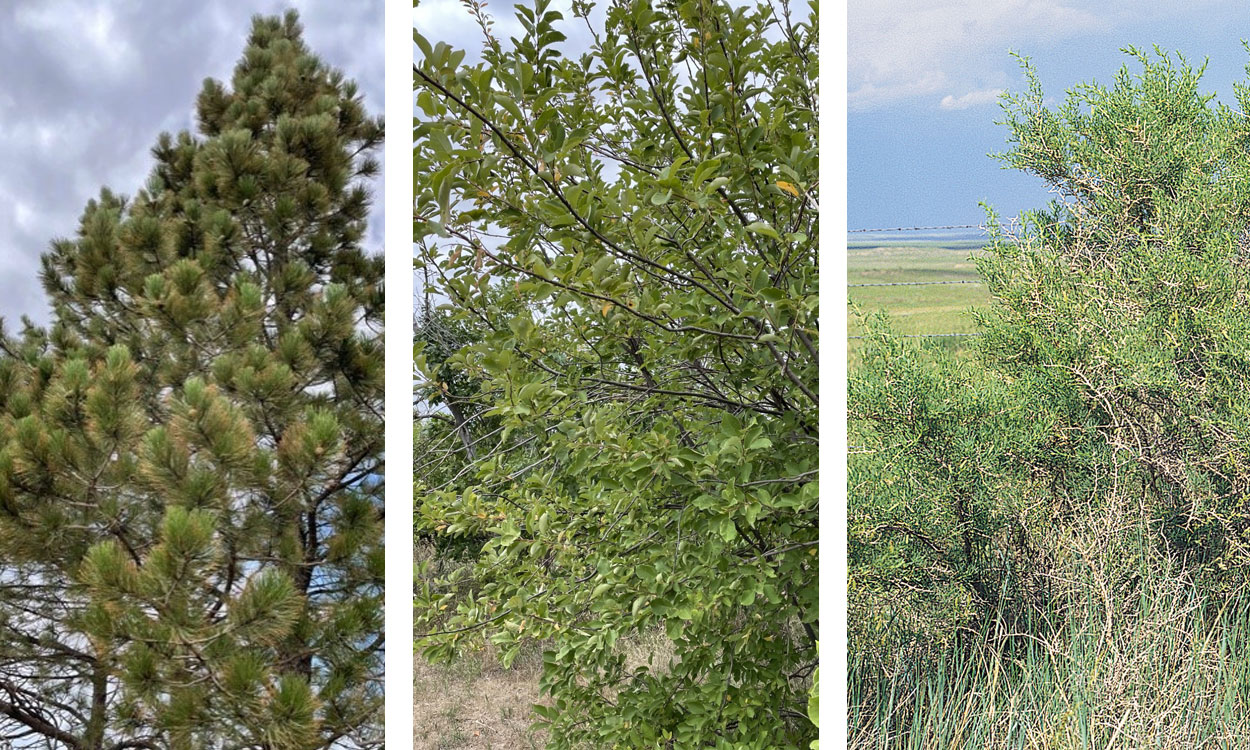
Poisonous Plants on Rangelands: Woody Species
Several woody plant species that are poisonous to livestock are found throughout South Dakota rangelands, including ponderosa pine, chokecherry, greasewood and broom snakeweed.